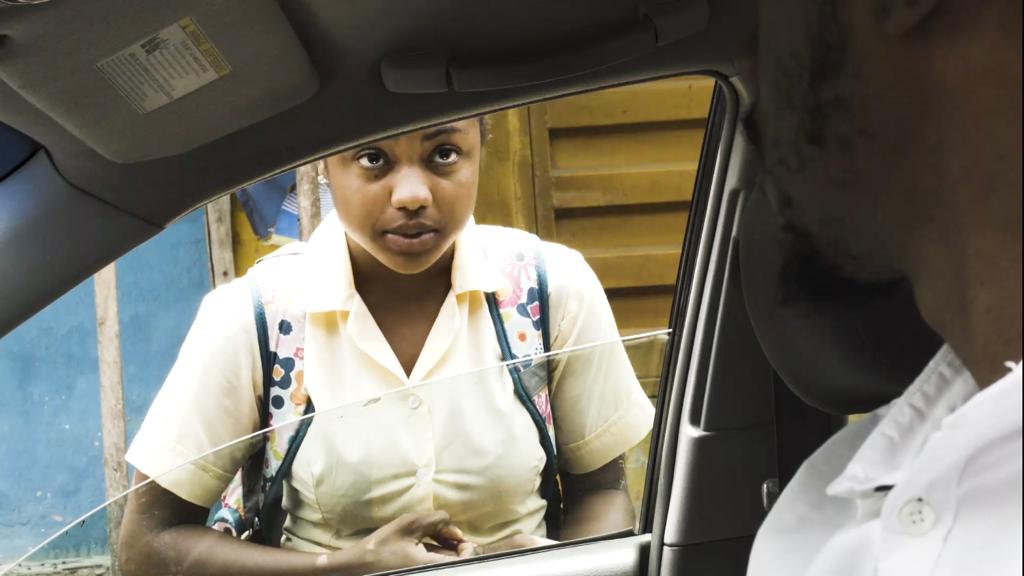
‘Otiti’ Review: Ema Edosio’s Family Drama Struggles to Find its Footing
There’s a moment in Ema Edosio Deelen’s Otiti, where the titular protagonist is passing through a market, and as is the unfortunate practice in a lot of Nigerian markets, she is being touched and pulled […]










